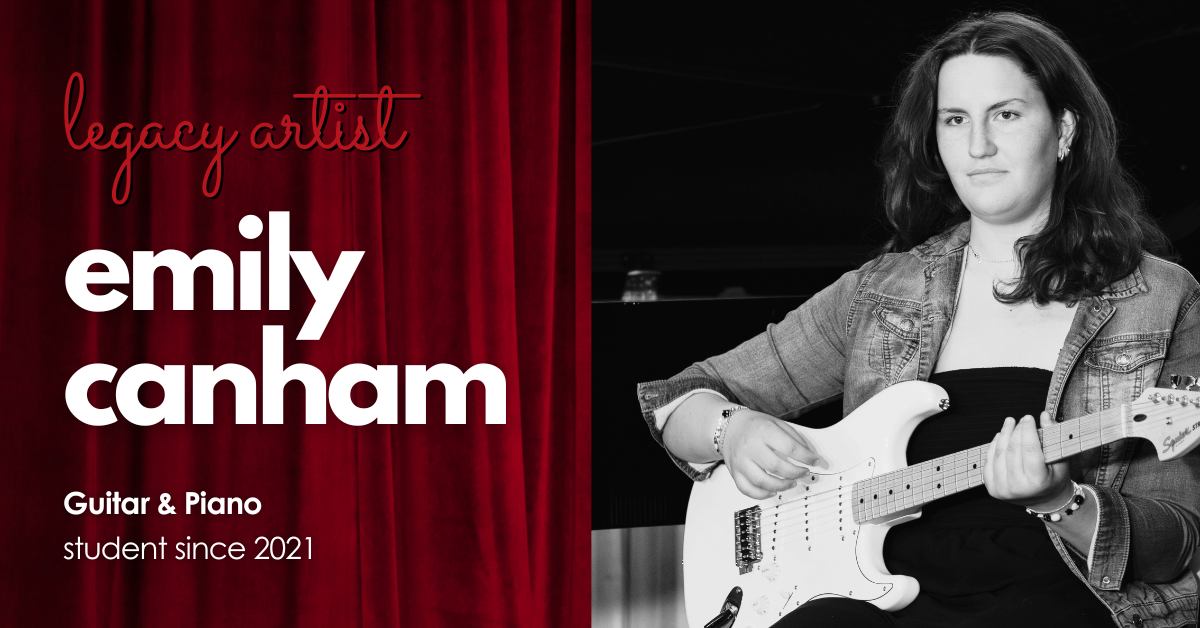By Mindy Cabral, The Magazine of Santa Clarita, March 2013
Reading music is a tool to help a musician know how to play a song, but is not the only way. Many people play by ear and “figure it out”. In fact, many successful musicians begin playing music by ear and later learn to read music. This is because learning music is like learning a language. We listen with our ears, imitate with our body (musical instruments are an extension of our body), and then learn to read and write with our eyes. Learning basic musical concepts first such as; a steady beat, pitch matching, high/low, loud/soft, and proper instrument playing techniques, is important to understanding music before reading it. Learning to read music can be more challenging without that experience first.
So what does it mean to be able to read music? Reading music is when you can interpret and understand the written symbols which represent the sounds that make the music.
It includes melodic shape (specific pitches moving up, down, the same, and distance between pitches) meter and rhythm (the duration of each note or rest and how they relate to one another to create a meter or rhythmic feel), harmony (when more than one pitch plays simultaneously and how those pitches relate to a tonality), dynamics (how loud or soft to play), articulations (how to express the notes), and other musical terms and symbols used to help the musician know how to best perform the music the way the composer intended. Having the ability to read and understand music, in combination with a musically trained ear, can make learning and playing music easier and more enjoyable.
Music teachers and musicians around the world strongly encourage music students to learn how to read music. Once you can, you will have the ability to learn a song on your own without assistance or having to hear it first. This is just like opening a new book and reading it by yourself without someone reading it to you first. Professional musicians often “sight read” (having never seen or heard the music before) on the spot in a performance or recording session. This is similar to opening a new book and being able to read the story by yourself without someone reading it to you first.
There are always exceptions and alternative ways to reading music such as chord charts and lead sheets. It is not required to learn to read music to play music, but it can open the door for more music making!
To find out more about how you can learn to read music, contact the friendly staff at Little School of Music: located at 28306 Constellation Rd, Valencia, CA 91355, visit us online at: LittleSchoolofMusic.com, or call: 661-222-2239
© Copyright 2013



